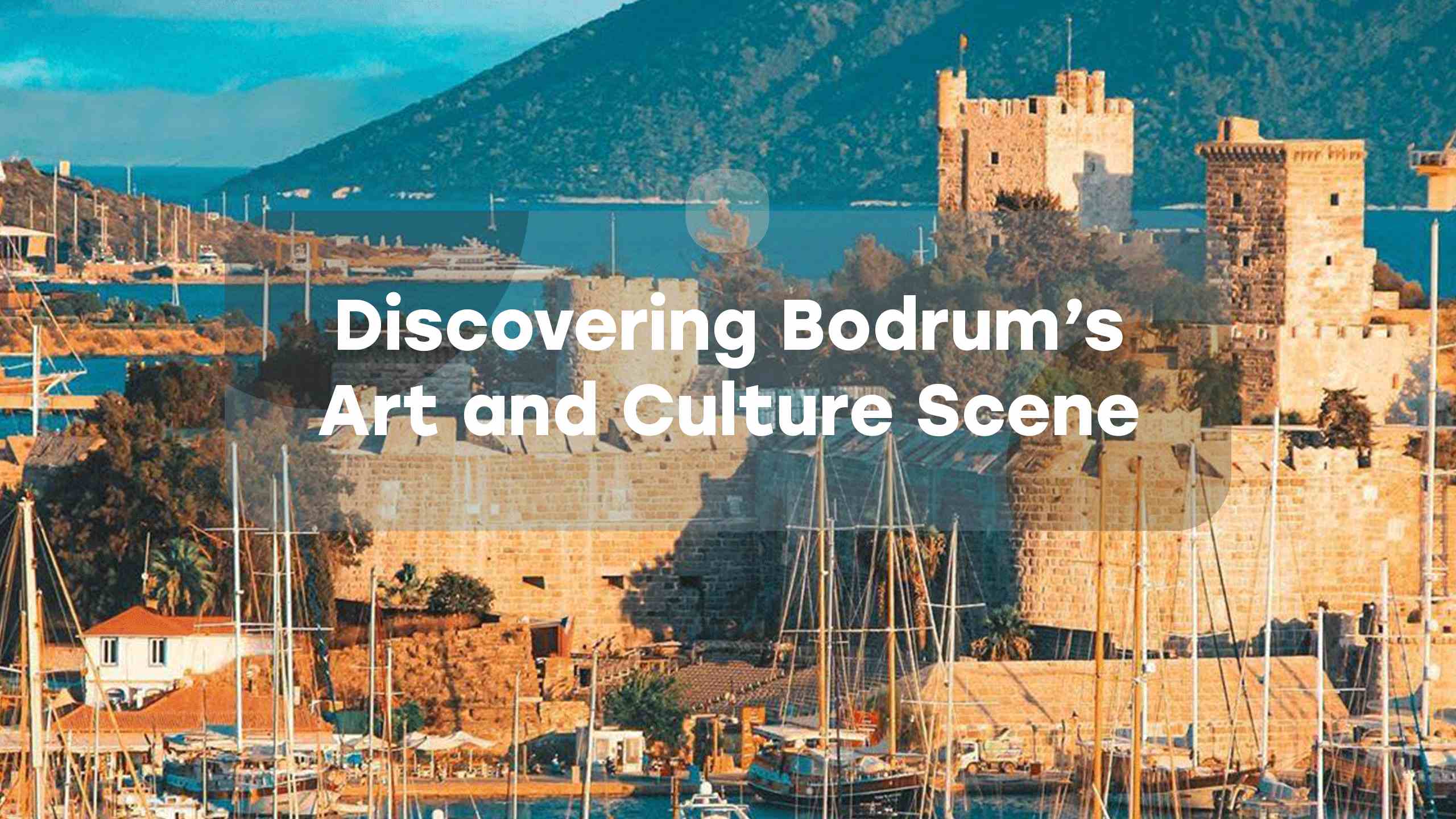Step Back in Time: A Historical Journey through Cappadocia
Welcome to Cappadocia, a captivating region nestled in central Turkey that invites you to embark on a remarkable historical journey. In this immersive blog post, we will delve deep into the rich tapestry of Cappadocia's past and explore its extraordinary cultural heritage. From its early Christian roots to the awe-inspiring cave churches adorned with magnificent frescoes, the ancient rock-cut settlements, and the intriguing history of the Hittites, Cappadocia offers a captivating blend of history, art, and ancient civilizations. Join us as we traverse the fascinating historical landmarks, unravel their stories, and transport ourselves to a bygone era.
Cappadocia's Historical Significance
Cappadocia is a region in central Turkey that is known for its unique landscape of fairy chimneys, underground cities, and rock-cut churches. The region has a long and rich history, dating back to the Hittite Empire in the 2nd millennium BC. Cappadocia was also an important center of Christianity in the early centuries AD, and many of the region's churches are still standing today.
Some of the most important historical sites in Cappadocia include:
The Göreme Open-Air Museum: This UNESCO World Heritage Site is home to a collection of rock-cut churches and monasteries
that date from the 4th to the 12th centuries AD.
The Derinkuyu Underground City: This vast underground city was built by the early Christians as a refuge from persecution. It
is one of the largest underground cities in the world, with up to 8 levels and a capacity of over
20,000 people.
The Zelve Valley: This valley is
home to a number of fairy chimneys, as well as some of the best-preserved rock-cut churches in
Cappadocia.
Early Christian Roots
Cappadocia holds a special place in the history of early Christianity. During the Roman Empire's era of persecution, Cappadocia provided a safe haven for early Christians. They sought refuge in the region's vast network of caves and established communities that thrived underground. These cave churches, hidden within the fairy chimneys and rock formations, served as places of worship and preserved the Christian faith during challenging times.
Magnificent Cave Churches with Stunning Frescoes
Step into the enchanting world of Cappadocia's cave churches(cappadociahistory.com/churches), where spirituality and artistry converged. These remarkable structures, meticulously carved into the soft volcanic rock, boast breathtaking frescoes that adorn their walls and ceilings. These intricate paintings depict scenes from the Bible, religious icons, and symbolic imagery, providing a vivid glimpse into the religious devotion and artistic mastery of the time. From the Dark Church of Goreme to the Karanlık Kilise (Dark Church) in Çavuşin, each cave church carries a unique story waiting to be discovered. The soft volcanic rock of Cappadocia was easily carved, making it ideal for creating churches and other religious structures. Over the centuries, the early Christians of Cappadocia carved hundreds of churches into the rock, many of which still survive today. These cave churches are not only architectural marvels, but they are also home to some of the most stunning Byzantine frescoes in the world. The frescoes depict scenes from the Bible, as well as the lives of the saints. They are beautifully executed and offer a glimpse into the religious and cultural life of the early Christians in Cappadocia.
Some of the most famous cave churches in Cappadocia include:
Tokali Kilise (Church of the Buckle): This church is one of the largest and most impressive in Cappadocia. It is decorated with a
series of beautiful frescoes, including a depiction of the Virgin Mary and Child.
The Dark Church (Karanlık Kilise): This church is named for its dark interior, which is due to the fact that it is located deep
underground. The church is decorated with a series of well-preserved frescoes, including a
depiction of the Last Judgment.
The El Nazar Church (Church of the Evil Eye): This church is named for its depiction of the evil eye, a common motif in Byzantine art. The
church is also decorated with a series of other frescoes, including a depiction of the
Resurrection of Christ. The cave churches of Cappadocia are a UNESCO World Heritage Site and a
must-visit for anyone interested in early Christianity or Byzantine art. They are a testament to
the ingenuity and creativity of the early Christians, who carved these beautiful churches out of
the rock to worship God.
Ancient Rock-Cut Settlements
Journey through time as you explore the ancient rock-cut settlements that dot the Cappadocian landscape. Carved directly into the cliffs, these dwellings showcase the ingenuity of the region's inhabitants throughout history. From underground cities like Derinkuyu and Kaymakli, where thousands of people sought refuge from invasions, to rock-cut houses and monastic complexes, these settlements reveal the resourcefulness and adaptability of those who once called Cappadocia home. These ancient rock-cut settlements offer a glimpse into the past and provide a unique perspective on how people lived and interacted with their environment. They are a testament to the ingenuity and creativity of early humans, who were able to create thriving communities in a harsh and unforgiving landscape. Wander through the narrow passages, visit the carved rooms, and gain insights into the daily lives of these ancient civilizations.
The Fascinating History of the Hittites
Cappadocia is not only steeped in early Christian history but also possesses a captivating connection to the ancient Hittite civilization. The Hittites, an enigmatic empire that thrived during the Bronze Age, left their mark on the region. One of the most visible signs of Hittite culture in Cappadocia is the presence of underground cities. These cities were built as a way to protect the Hittites from their enemies. They were dug into the soft volcanic rock of Cappadocia, and they could house thousands of people. Another sign of Hittite culture in Cappadocia is the presence of rock-cut temples and palaces. These structures were carved into the rock, and they were used for religious and political purposes. The Hittite legacy in Cappadocia is a fascinating one. It is a reminder of the rich and complex history of the region, and it is a testament to the ingenuity and creativity of the Hittites. Discover the archaeological sites and remnants of their civilization, such as the Hattusa, the capital city of the Hittites, and explore the intriguing artifacts that shed light on their language, culture, and achievements. Unravel the secrets of this once-powerful civilization and gain a deeper appreciation for the historical layers that shape Cappadocia.
Landmarks and Their Historical Context
Cappadocia abounds with landmarks that offer insights into its rich history and cultural heritage. From the iconic fairy chimneys, whimsical rock formations shaped by centuries of natural erosion, to the awe-inspiring Göreme Open-Air Museum, a UNESCO World Heritage Site that houses numerous rock-cut churches, every landmark holds a story waiting to be unveiled. Gain a deeper understanding of the architectural, cultural, and religious significance of these sites as you wander through the Devrent Valley, Zelve Open-Air Museum and Uçhisar Castle. Each landmark provides a unique glimpse into the region's past and allows you to connect with the spirit of Cappadocia's ancient inhabitants. Cappadocia, with its captivating historical journey, beckons visitors to immerse themselves in a world of ancient wonders and cultural heritage. From its early Christian roots and mesmerizing cave churches adorned with stunning frescoes to the ancient rock-cut settlements and the fascinating history of the Hittites, Cappadocia is a treasure trove of stories and secrets waiting to be explored. Embark on this historical voyage, let your imagination soar, and be captivated by the enchanting allure of Cappadocia's past.






